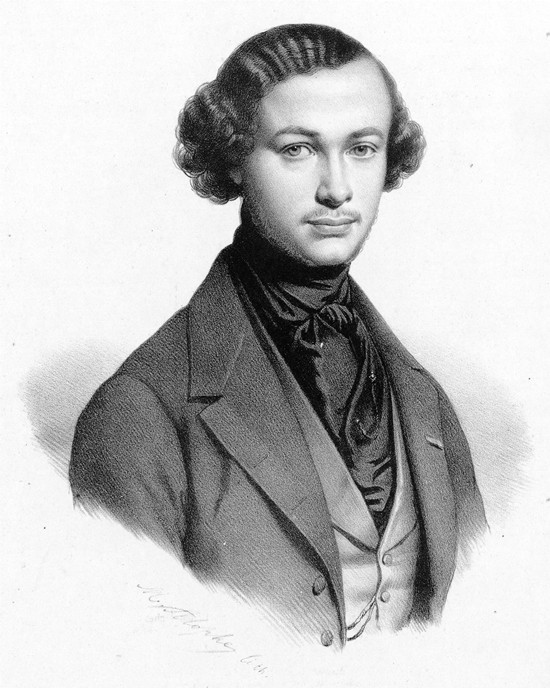
Tuning an orchestral instrument is an unwelcome chore for every musician who plays one. You might reasonably ask why tuning is necessary, because you could argue, the instrument should be in tune anyway. If only that were true! The problem is that the pitch of most musical instruments drifts with temperature, humidity and other environmental factors.
Although modern concert halls are kept at a constant temperature musicians bring their instruments from home. On the way to work, the instruments are exposed to jolting or vehicle vibrations and possibly extreme outside temperatures. By the time they arrive at the concert hall, they’ll need tuning again, especially stringed instruments which are drastically affected by movement and temperature. The pitch of stringed instruments is determined by the tension of the strings and the tuning mechanism tends to slip especially when they are carried around. In lower temperatures stringed instruments become “sharper” which means that their pitch goes up. Trombones and trumpets tend to stay in tune more accurately but they too are affected by atmospheric changes. As brass instruments warm up, their pitch goes down because the metal expands. Although the change is microscopic, it’s enough to make a difference. As you might expect, larger instruments are affected more than smaller ones. This is why an orchestra often re-tunes during a concert.
Some woodwind instruments are dismantled before they’re put in their case and have to be reassembled before use. They are built in such a way that small adjustments can be made to the tuning and these must be checked every time before playing. Harps are notorious for going out of tune with the result that harpists usually spend more time tuning their instruments than actually playing them. There’s an old joke among musicians which asks, “How long does it take to tune a harp?” The answer is that nobody knows.
Musical instruments are tuned to a precise pitch. These days it is pretty well standard at 440 vibrations per second usually written as 440 Hz (Hertz). In musical terms it’s the note “A” six notes above “middle C” on a keyboard and it’s the note an oboe plays at the start of a concert. In the past, the note was obtained by striking a tuning fork but today a digital device or a Smartphone is more common. The pitch has fluctuated over the years though some ensembles – especially those that use historical instruments – often tune to a different pitch.
Michael Praetorius (1571-1621): Suite from Terpsichore. Voices of Music (Duration: 10:01; Video 2160p UHD)
Michael Praetorius was a versatile German composer and considered the greatest musical academic of his day. He had the distinction of being born on 15th February and dying on the same day of the month, fifty years later. He was a successful writer of choral music but in 1612, he published a massive volume containing more than three hundred popular instrumental dances most of which come from the French dance repertoire. In keeping with Renaissance taste for classical themes it was entitled “Terpsichore” (it rhymes with “hickory”) referring to the Greek goddess of dance. In the introductory notes, Praetorius states with touching modesty that he merely arranged the pieces but didn’t compose them. They’re mostly French court dances though Praetorius also included some Spanish and English dances.
The dances are all quite short and thus began the performance custom of stringing two or three numbers together to make a more substantial piece. Although popular in the early seventeenth century the music fell into obscurity for years until the Renaissance revival of the 1960s. If you enjoy these charming dances, plenty of others can be found on YouTube.
Henri Vieuxtemps (1820-1881): Violin Concerto No 5 in A minor, Op 37. Nikita Borisoglebsky (vln), Mariinsky Theatre Symphony Orchestra cond. Clemens Schuldt (Duration: 20:33; Video: 720p HD)
You’d be forgiven for not immediately recognizing the name of this composer, whose birthday also falls on this weekend. Vieuxtemps was born in the Belgian town of Verviers which at the time was part of Holland. He gave his first violin concerto performance at the age of six and became one of the leading violinists of the nineteenth century. He composed seven concertos for the violin for which he is best-known.
Vieuxtemps completed this attractive work in 1859 and it was published a couple of years later. Unlike some of his contemporaries, Vieuxtemps never indulged in musical fireworks just for the sake of it. Although he was technically brilliant himself, sheer virtuosity for its own sake was not his thing. In some ways, this three-movement concerto is quite conservative but it’s none the worse for that and has some lovely melodies and many magic moments.
 |
 |
 |





